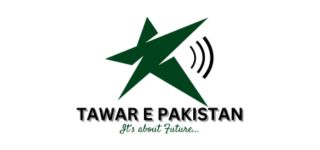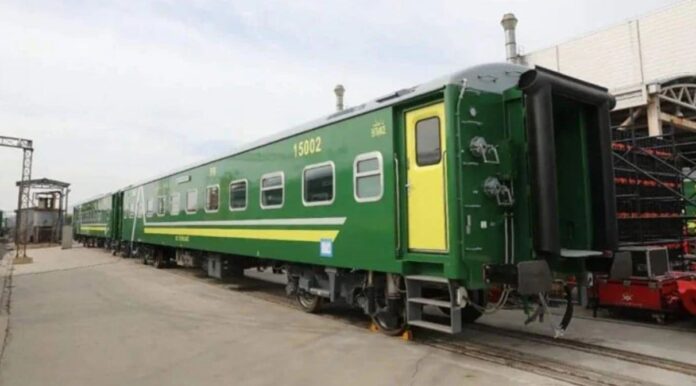Pakistan Railways’ Revolutionary Step Towards Modernization
Islamabad: Pakistan Railways has taken a revolutionary step toward modernization and has developed the “Rabata Application”,
which is in line with the requirements of the digital age and will provide convenience to passengers.
Meeting of the National Assembly Standing Committee on Railways
A meeting of the National Assembly Standing Committee on Railways was held at the Parliament House, chaired by Chairman Rai Hassan Nawaz.
Railway officials attended the meeting and were briefed on the modern projects of the railways.
Rabata Application: A symbol of Pakistan Railways’ digital progress
The Secretary Railways told the committee that the railway system around the world is moving towards digitalization, and Pakistan Railways has also developed the Rabita Application, making progress in this direction.
Salient Features of the Rabita Application
Online Seat Booking: The facility of booking tickets will be available from home.
Train Schedule and Live Tracking: Passengers will be able to get real-time updates and information about the arrival and departure of trains.
Digital Payment: An online payment option will be introduced for ticket purchases
Information Services: A help desk will be available for fares, rules, railway stations, and passenger complaints.
App Cost and Future Plans
According to railway officials, no additional cost was incurred on the development of the Rabita app, as it was developed with the help of internal resources and railway technical experts.
In the next 5 to 6 months, all railway coaches will be connected to the Rabita app, which is expected to revolutionize travel facilities for passengers.
CPEC ML-1: Pakistan’s biggest railway project
The Secretary of Railways also briefed the committee about the details of the ML-1 project under the China-Pakistan Economic Corridor (CPEC).
Features of ML-1
Length of railway track: 1,726 km (Peshawar to Karachi)
Total cost: $6.8 billion
Current trains: 34 trains per day
After completion of ML-1: 120 trains per day
Phases of construction of ML-1
Phase 1: Karachi to Multan
Phase 2: Multan to Peshawar
ML-3 improvement plan: A mechanism has been developed, under which further improvement in railway operations is expected.
Arrival of Chinese experts
A delegation of Chinese experts will arrive in Pakistan this month to finalize the technical and financial issues related to the construction of ML-1.
Chairman Committee Rai Hassan Nawaz said that the ML-1 project should be started immediately so that Pakistan’s railway system can be developed on modern lines.
History and Future of Electric Trains in Pakistan
The Secretary Railways told the committee that a 286-km long electric train service was started between Lahore and Khanewal in 1979.
However, the project could not proceed due to various administrative and financial challenges.
Privatization of Railways and Increased Revenue
Pakistan Railways outsourced 13 of its trains, resulting in:
Improved quality of service.
Significant increase in revenue.
Extraordinary increase in revenue
Before privatization: Railways was earning Rs 7 billion annually.
After privatization: Railways is now earning Rs 11 billion annually.
Strict financial regulations
Railway officials clarified that trains will not be allowed to run unless 7 days of advance payment is made, to keep the financial affairs of the Railways stable.
Pakistan Railways: Moving towards modernization
Provision of digital facilities, improved privatization outcomes and mega projects like CPEC ML-1 are helping Pakistan Railways become a modern, profitable, and efficient institution.
Expected benefits:
Fast, safe, e and reliable railway service.
Better travel facilities for passengers.
Further increase in railway revenue.
Establishment of a modern railway system through public-private partnership.
The National Assembly Standing Committee on Railways has directed that the timely completion of these projects be ensured so that Pakistan Railways can become a modern and profitable institution.



